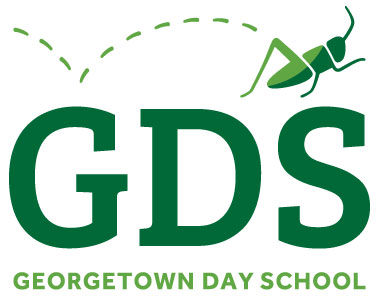If you were to have stepped into the High School Forum these past few weeks, you would have seen scores of students gathered in small groups, staring up at a big screen. They’re watching soccer. World Cup mania has taken over the High School (and, has certainly made its way into the Lower and Middle Schools as well). Students have popped into the Forum during a free period or in between classes to cheer on Argentina or France, Ghana or South Korea. And, of course, the United States. Students who may have never watched a soccer game are glued to the action, cheering a corner kick, gasping at a save, erupting over a goal.
What’s going on?
Of course there’s something magical about the World Cup. It is only played every four years, and provides an opportunity to think about and connect with places in the world that, most days, are far from a student’s consciousness. The World Cup helps us to imagine ourselves as global citizens.
I think there’s something more happening, though. The Forum is a place of community. It’s where our High School students experience themselves as connected to a greater whole. These connections are forged through the raffling of silly items at Monday morning meeting, through an impromptu performance from an a cappella group, through collectively celebrating a sports championship or debate victory, through inviting participation in a service project, sharing a snack purchased from the vending machine, or engaging in last-minute studying before a quiz. The Forum is one of many GDS spaces where community happens.
In 2017, New York Times columnist David Brooks wrote,“ some organizations are thick, and some are thin.” A thick institution, according to Brooks, “is not one that people use instrumentally, to get a degree or to earn a salary. A thick institution becomes part of a person’s identity and engages the whole person: head, hands, heart, and soul. So thick institutions have a physical location, often cramped, where members meet face to face on a regular basis, like a dinner table or a packed gym or assembly hall.” At the time that Brooks authored the column he was a GDS parent and, in a talk he gave to school heads later that year, he used the Forum as an example of a space that makes GDS “thick.” Read his column and you will find deep resonance between his definition and some of the defining characteristics of Georgetown Day School.
Thick environments are enormously protective for young people. GDS students feel a deep connection to our culture, to rituals both formal (graduations, the Senior Run-In, the Christmas Assembly, the MLK Teach-In Day) and informal (the ways in which we greet each other, the joy that pervades hallways and stairwells, the use of first names). They know this is their school and this fosters a deep sense of belonging that differentiates GDS. It is not a coincidence that Challenge Success consistently measures the sense of belonging at GDS among the highest of any schools it surveys nationally. We prioritize connection. We prioritize agency and ownership. We prioritize fun.
On a recent campus tour, a prospective GDS parent asked their tour guide, “Why are the kids so happy?” It’s not an uncommon question on our tours. I think it has a lot to do with community, with connection, with belonging. We are fortunate to be a thick institution. It is, I would argue, at the heart of our “special sauce,” an ineffable defining characteristic that students know when they experience it and that helps to anchor them in community and in joy.




